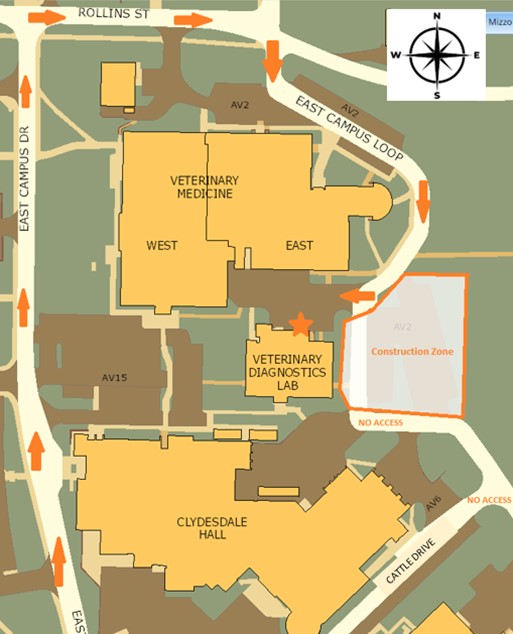The MU Veterinary Medical Diagnostic Laboratory would like to thank you for your support. The holiday listed below will slightly alter our normal business hours. Please make note of the closure date:
Holiday Hours: Thursday, July 4th – Closed
Emergencies
For emergency necropsy cases, please call the on-duty students at (573) 864-7160. For other types of emergencies, please call the lab director, Dr. Shuping Zhang, at (573) 529-4691.
How to Ship a Package to Ensure Your Package Has Arrived Safely During Reduced Holiday Hours
To help ensure your shipment isn’t delayed when submitting via FedEx/UPS courier delivery, please send to:
Veterinary Medical Diagnostic Lab
901 E. Campus Loop
Columbia, MO 65211
Or, if submitting via US Post Office; use the following PO Box address:
MU VMDL
PO Box 6023
Columbia, MO 65205

